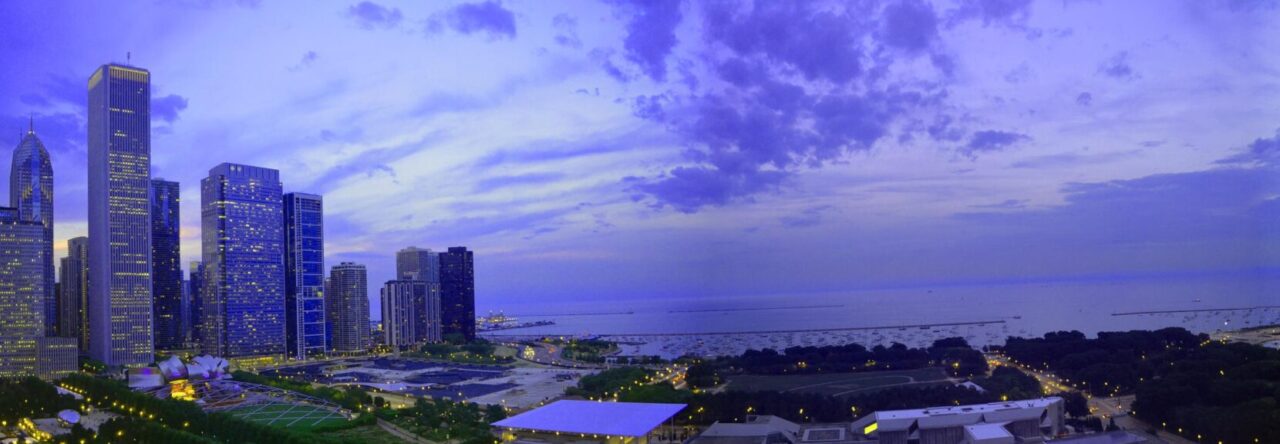Crossrail Line 1. Source: David Arthur
…Comes to us from London, my brief one-time home. Courtesy of Crossrail, the major commuter rail project linking East and West London together more seamlessly with dramatic expected time savings. While Crossrail is not scheduled to open until 2018, the benefits that the Crossrail project is promising to deliver have already impacted the local real estate market.
Goldman’s employees would be able to reach Heathrow Airport from Farringdon in about 30 minutes on Crossrail, compared with more than an hour on the London Underground. Travel to east London’s Canary Wharf financial district will take 9 minutes, from about 25 minutes today. The City Thameslink system already takes passengers to Gatwick Airport to the south and Luton Airport north of the City.
“That’s what makes this the crossroads of central London,” Rees, the City’s top planner, said in an interview.
Crossrail will build 9 new stations in Central London, provide up to 24 trains per hour (1 train every two and a half minutes!) carrying 1,500 riders each. It will increase the rail network capacity while simultaneously reducing travel times by up to 50%. Transit-oriented development is already taking place, capitalizing on new areas of Central London becoming more accessible. More than 3 million square feet of residential and retail development are anticipated to take place, just over the stations sites.
This is the benefit that transportation infrastructure can bear on a place. It is smart development – taking advantage of the high-capacity, incredibly expensive infrastructure by also providing high density land uses to leverage that infrastructure investment.
See video.

Mary Slagel@Shape Daily
London is definitely right on track with their idea of expanding and offering such infrastructure. In Tampa we have an area called Channelside that is located by the port that has continued to go down hill. There is parking for the locals but it is in a parking garage across the street that you must pay to park in. One by one, restaurants and bars are shutting down. Even the movie theatre shut down. There is a trolley that runs past it, but hardly anybody rides the trolley. Why? Because the trolley ends before it nears any residential areas on one side and stretches into a residential area that people find more convenient to walk around then take the trolley. It has always been one of my strong beliefs that if the trolley was expanded into the prosperous residential area outside of downtown, the now almost desolate Channelside would have A LOT more visitors.
Ryan Richter
I wish lots of U.S. cities were going in this direction. Where I live, in Chicago, we have a lot of infrastructure that many cities would love to have. The problem – we can’t afford to maintain it. So roads and bridges and subways start falling apart. I’ve only been in Tampa once – I didn’t get the chance to ride the trolley. It seems to me, like you say, that it doesn’t go anywhere people want to go. More like a toy for cities.
Suzanne Fluhr (JustOneBoomer)
This sounds like an immense project. What has to be cleared for the tracks and stations? This is not to say it shouldn’t be undertaken. As you know, in the U.S. we seem loath to do “big things” anymore — let alone maintain the transportation infrastructure we already have.
(Found you on BHB).
Ryan Richter
Thanks for commenting. A large part of Crossrail is underground via new tunnels. Above ground, trains will use existing tracks.
Arleen Harry
After being in London I have never such a wonderful infrastructure. I wish the US would look into this more as it would really help in our economy and global warming. Getting more cars off the road and using public transportation would be of more help than not using plastic bags. I just watched on the Wealth Channel about what this world will be like in 2025 because of the demand of oil.
Ryan Richter
I agree. I was amazed that you could get around so easily with public transportation. And how expensive it would be to own a car there.